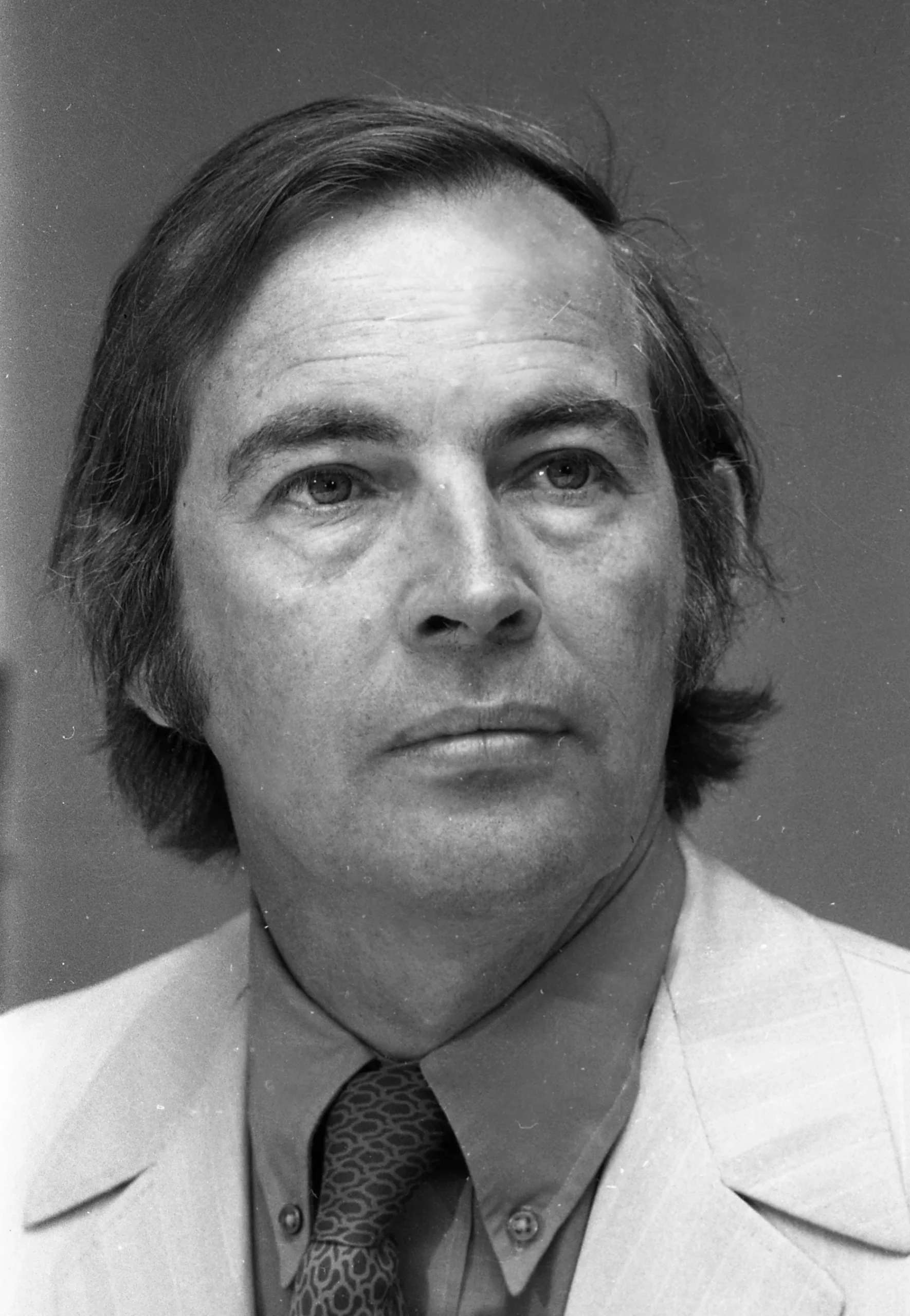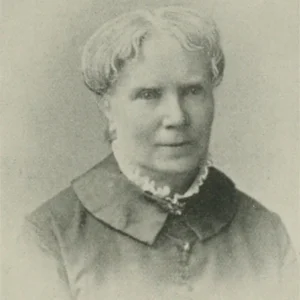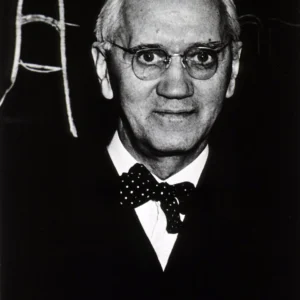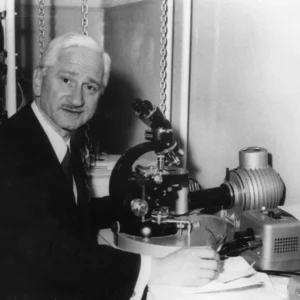Christiaan Barnard, born on November 8, 1922, in Beaufort West, South Africa, is celebrated for performing the world’s first successful human-to-human heart transplant. His groundbreaking achievement in 1967 marked a monumental milestone in medical history, revolutionizing cardiac surgery and saving countless lives.
Early Life and Educational Background
Birth and Family Background
Christiaan Neethling Barnard was born to Dutch-descended parents in Beaufort West, South Africa. Growing up in a modest household, Barnard and his three brothers faced financial challenges but were encouraged to pursue education. His early life on the farm instilled in him a strong work ethic and a passion for learning.
Education and Early Influences
Barnard attended local public schools before enrolling at the University of Cape Town, where he earned a master’s degree in 1953. His interest in medicine was sparked by his older brother Marius, who was also a surgeon. Barnard’s dedication to his studies led him to the University of Minnesota Medical School, where he completed his Ph.D. in 1958.
Rise to Prominence
Early Research and Discoveries
As a resident surgeon at Groote Schuur Hospital in Cape Town, Barnard made significant contributions to gastrointestinal pathology, particularly in understanding congenital intestinal atresia. His research showed that this condition was caused by insufficient blood supply to the fetus during pregnancy, leading to the development of a surgical procedure to correct it.
Development of Heart Transplant Techniques
Barnard’s interest in heart surgery grew during his time at the University of Minnesota, where he was introduced to the heart-lung machine and open-heart surgery techniques. Upon returning to South Africa, he began experimenting with heart transplantation in dogs, laying the groundwork for his future success.
The Groundbreaking Heart Transplant
The First Human Heart Transplant
On December 3, 1967, Barnard led a team of 20 surgeons in performing the world’s first human heart transplant. The recipient, Louis Washkansky, a 54-year-old grocer suffering from severe heart disease, received the heart of Denise Darvall, a young woman who had been fatally injured in a car accident. Although Washkansky regained consciousness and was able to communicate with his wife, he succumbed to pneumonia 18 days later due to the immunosuppressive drugs used to prevent rejection of the new heart.
Subsequent Transplants and Improvements
Barnard’s second heart transplant patient, Philip Blaiberg, survived for 18 months, demonstrating the potential for long-term success. Over the years, Barnard continued to refine his techniques, and by the late 1970s, several of his patients had survived for several years after their transplants.
Contributions to Global Health
Impact on Cardiac Surgery
Barnard’s pioneering work in heart transplantation revolutionized cardiac surgery and opened the door for further advancements in the field. His success inspired other surgeons around the world to pursue heart transplants, leading to improved techniques and better patient outcomes.
Recognition and Honors
Barnard received numerous accolades for his contributions to medicine, including the prestigious Lasker Award and the Gold Medal of the American Heart Association. He was also knighted by Queen Elizabeth II in recognition of his achievements.
Personal Struggles and Triumphs
Overcoming Challenges
Barnard faced significant challenges throughout his career, including skepticism from the medical community and the ethical dilemmas associated with organ transplantation. Despite these obstacles, his determination and innovative spirit drove him to push the boundaries of medical science.
Legacy and Influence
Barnard’s legacy extends beyond his surgical achievements. He authored several books, including his autobiography “One Life” and “The Second Life,” which provided insights into his life and work. His contributions to medicine continue to inspire future generations of surgeons and researchers.
Conclusion
Christiaan Barnard’s life and work exemplify the transformative power of medical innovation and dedication to improving human health. His pioneering heart transplant not only saved lives but also paved the way for advancements in cardiac surgery and organ transplantation. From his humble beginnings in South Africa to his status as a global medical icon, Barnard’s journey is a testament to the impact one individual can have on the world of medicine.
Through his research, perseverance, and groundbreaking achievements, Barnard has left an indelible mark on the field of cardiac surgery. His legacy continues to inspire and challenge medical professionals, ensuring that his contributions to global health endure for generations to come.



